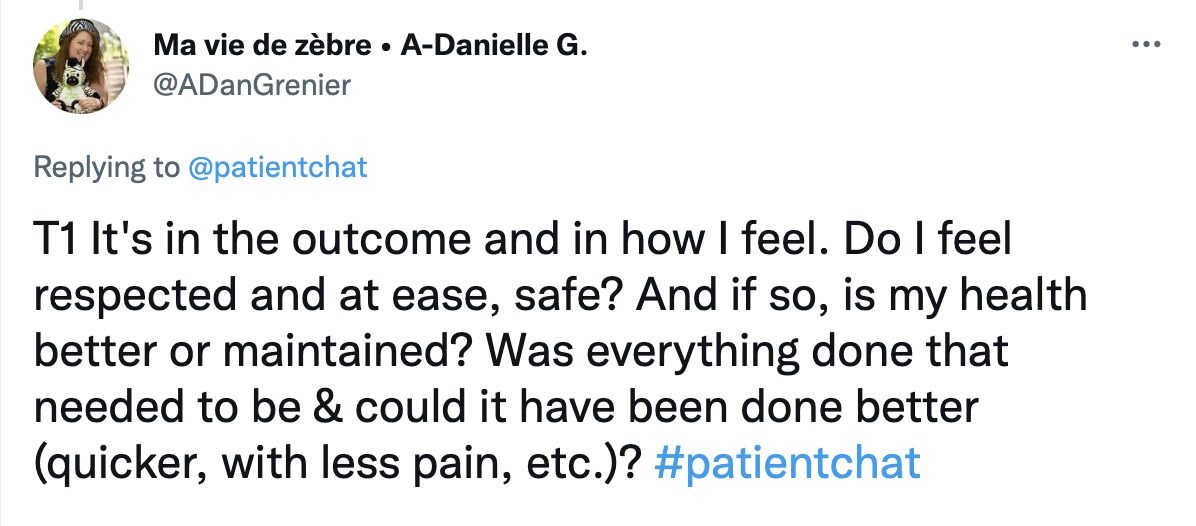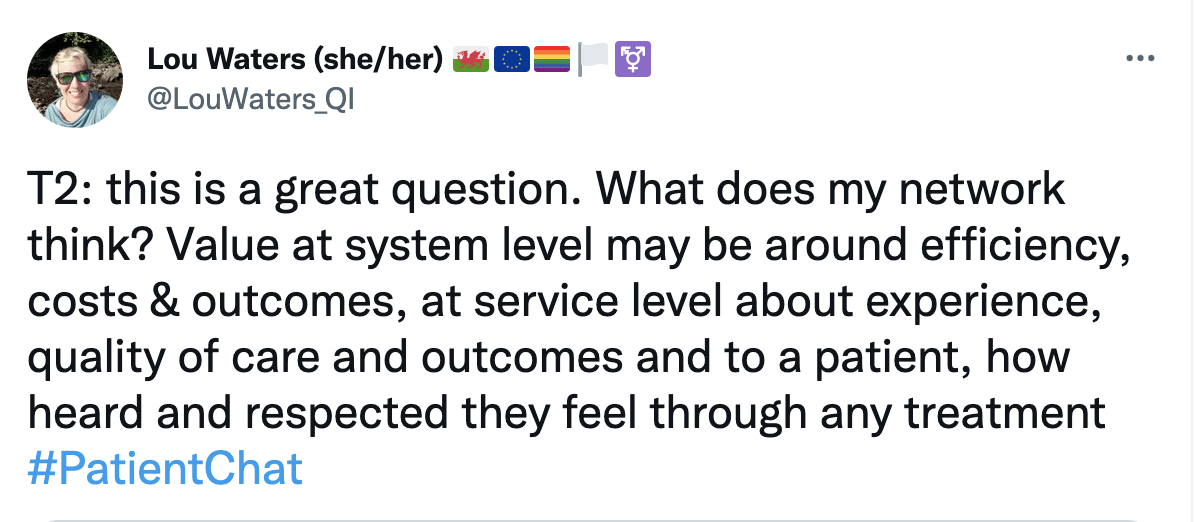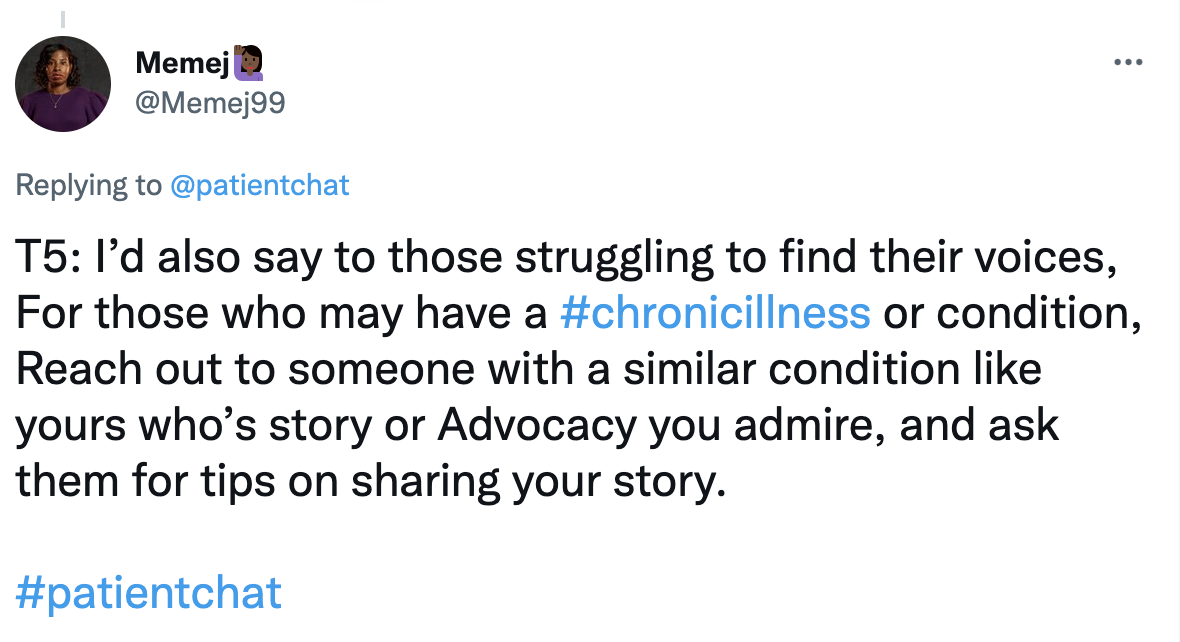Value Assessments From Patient and Provider Perspectives
The cost of some cancer drugs and lack of healthcare access are shocking to some patients. Fortunately, a tool called value assessments are now being utilized to gather and analyze various aspects of healthcare. Some possibilities for improvements could include things like lower drug costs, more effective cancer treatments, and improved healthcare access. To advance positive change, value assessments must include patient and provider perspectives in their analysis process.
Jennifer Bright, Chief Executive Officer of the Innovation and Value Initiative, stated about the importance of the patient perspective, “…the cost of healthcare, drugs or otherwise, is seldom based on its actual value. But while payers understand value largely in the context of utilization, efficacy, and cost, we still lack the ability (and the will) to understand and account for value from the perspective of patients, especially those living with chronic diseases.”
Value assessments are being used by healthcare policymakers to gather information to drive collaborative research and partnerships toward positive changes. It’s important to gather information from patients and healthcare providers to ensure that different perspectives are captured for analysis.
Value assessments analyze a variety of factors, some of which include:
- Patient and provider preferences
- Novel methods of value
- Value assessment model development
Since healthcare methods are developing rapidly, it’s vital for value assessments to be carried out for tests, treatments, vaccines, and non-medical care.
Value Assessments for Treatments
The factors that are evaluated in clinical trials and the number of factors are key to the success of drug treatments that become approved from clinical trials. Clinical trial designs that fall short in accounting for enough potential patient situations will set themselves up to fail certain patients. For example, if a clinical trial evaluates treatment response in newly diagnosed cancer patients but fails to examine response for patients in whom other treatments have failed, the clinical trial has a failure in the data for those patients who haven’t responded to other treatments.
Or another value assessment scenario could look only at the factors of cost and performance compared to other drugs. If value assessments fail to examine other factors like patient age, patient medical conditions (comorbidities), and method of treatment delivery; then the drug could end up as a relative failure compared to its projected performance before its full release to patients.
Value Assessments for Healthcare Access
Healthcare access is another area of value assessment that can benefit from patient and provider perspectives. By taking action on patient requests, healthcare providers can reach more patients and diagnose patient conditions sooner compared to patients who were previously going unserved or underrepresented. Some examples of improved healthcare access in response to patient needs include:
- Telemedicine as an option for healthcare appointments
- Remote monitoring to decrease risk of viral infections
- Healthcare providers talking to patients in community spaces like barbershops and churches to raise awareness about cancer screening
Looking at the other side, some healthcare access has been hindered by failing to consider the impact to some patient populations including:
- Older patients or patients in need of improving their technology literacy
- Patients lacking access to high bandwidth Internet service
- Patients without access to technology devices
- Patients lacking English language proficiency
Value Assessments for Healthcare Technology
Healthcare technology has been growing by leaps and bounds as technology innovation continues. Patients and providers have both benefited from technology innovations such as:
- Patient portals to refill prescriptions, send test results, and schedule healthcare appointments
- Remote monitoring tools for checking patient heart function, lung function, activity levels, and brain activity
- Using technology to replace tedious manual tasks to free up more time to spend with patients and to learn about new treatments
- Translation services that provide printouts in foreign languages
Of course, as with most things, not all technology innovations are positive experiences. Some technology upgrades are rolled out by technology companies that fail to gather healthcare provider feedback during technology testing phases. And some of these technologies then cause more stress to providers. This undue stress can then result in both less time and lower quality time spent with patients who providers are trying to serve.
Value assessments are a vital tool to improve patient and provider experiences in healthcare. As healthcare policymakers drive collaborative efforts toward positive change, more patient and healthcare provider perspectives can be included to the benefit of both groups. The future could make possibilities like more affordable, effective drugs, improved healthcare access for all patient groups, and more focused appointments with healthcare providers a reality. But to reach these goals, value assessments must continue to incorporate diverse perspectives on healthcare from patients and healthcare providers.
See More from the Health Policy Activity Guide
Sources
https://www.thevalueinitiative.org
https://www.ajmc.com/view/how-to-make-value-assessment-more-relevant-to-healthcare-decisions






